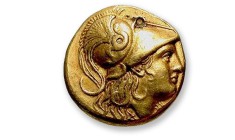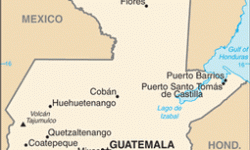Publication as Preservation: A Remote Maya Site in the Early 20th Century
Yates, D. (2013) ‘Publication as preservation: a remote Maya site in the early 20th century’, in Swenson, A. and Mandler, P. (eds.) From Plunder to Preservation: Britain and the Heritage of Empire, 1800–1950. Proceedings of the British Academy. Oxford: Oxford University Press.
In the late 1800s interest in the Ancient Maya underwent the complicated transition from speculative musings to what modern scholars consider to be systematic archaeological inquiry. During this transformation, Maya archaeology was largely colonized, in a sense, by the American academic empire. Excavation was undertaken to further a structured concept of science and to solidify the idea of archaeology as an institutionalized discipline. The results of archaeological fieldwork on remote sites were not easily independently verified due to the constraints of the forbidding landscape and the vastness of this largely untapped resource. The known character of a particular scholar was considered to be a sufficient recommendation as to the quality of his textual archaeological record. This dependence on text resulted in a number of factual mistakes that have been repeated in publications and museum displays up to the present day. During this period in the development of the discipline, I assert that archaeological publication, not site stabilisation, was regarded as a sufficient means by which a remote site could be effectively ‘preserved’.
As a case study I will discuss early 20th century excavations within an early Classic Maya mortuary structure at the site of Holmul, Guatemala. In this extreme case, a report supposedly started by Raymond Edwin Merwin, the only archaeologist who had worked at this remote Maya city, was ‘completed’ after his untimely death by another scholar, George C. Vaillant, who had never visited the site. Due to the perceived notability of Merwin’s role in driving Maya archaeology into the realm of systematic science, Vaillant felt that the information he published was reliable and, indeed, required as the location of Holmul would effectively prevent archaeological work from being conducted there for nearly a century.

